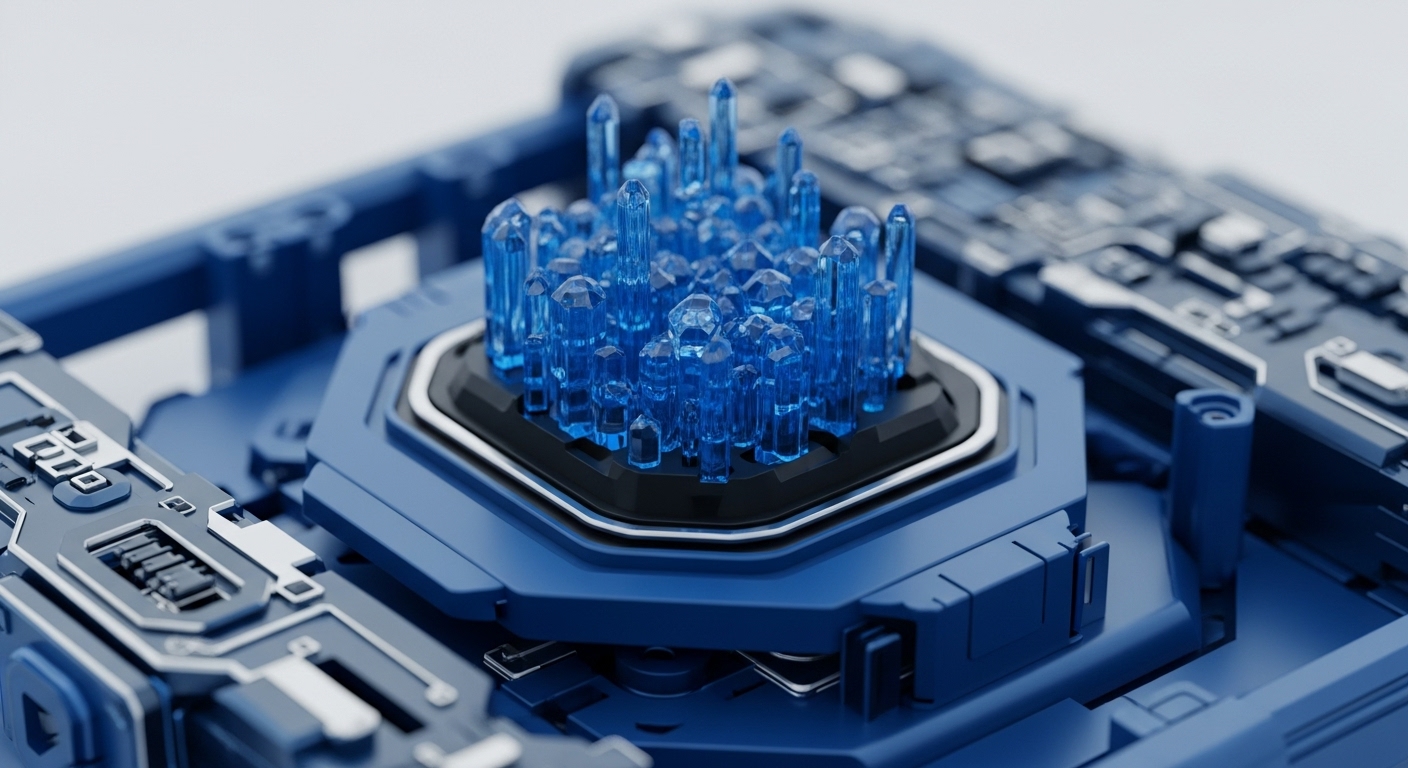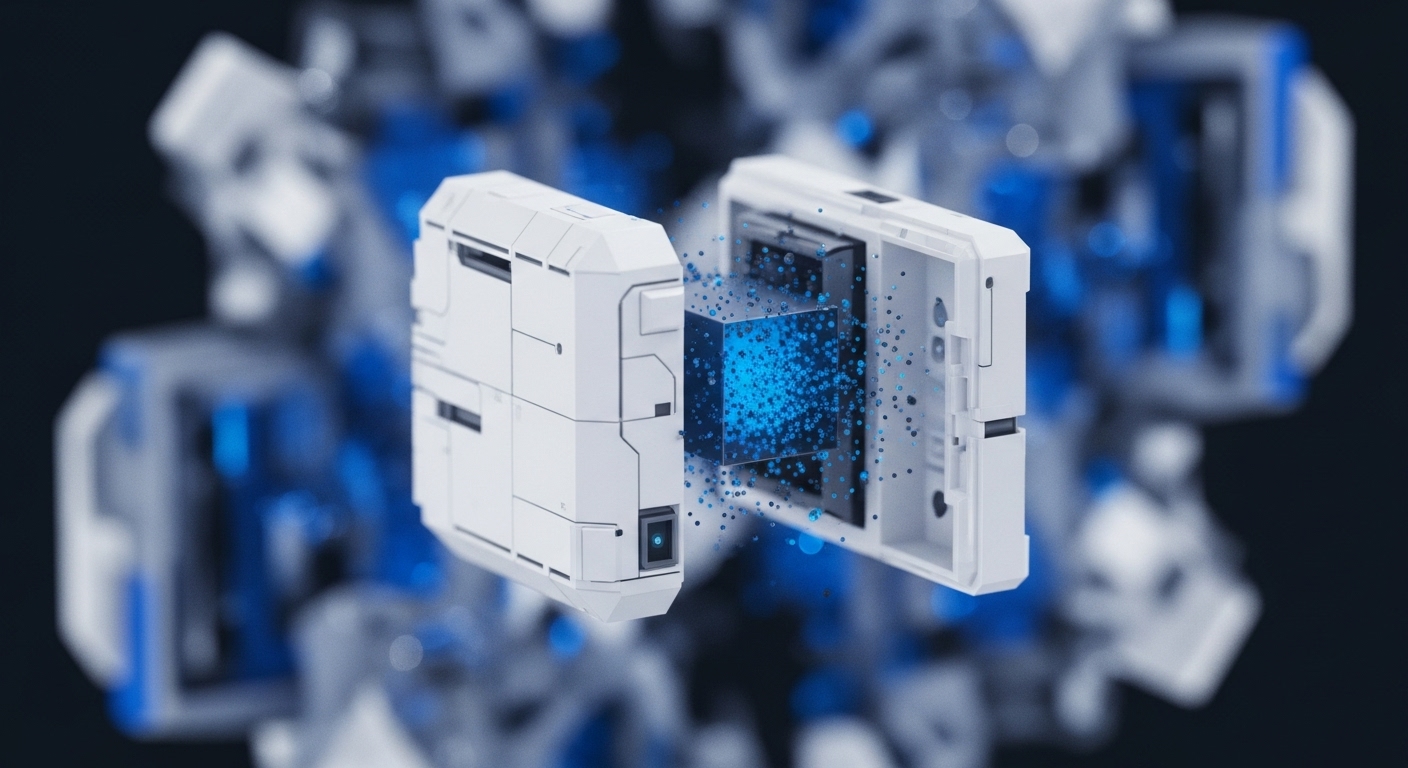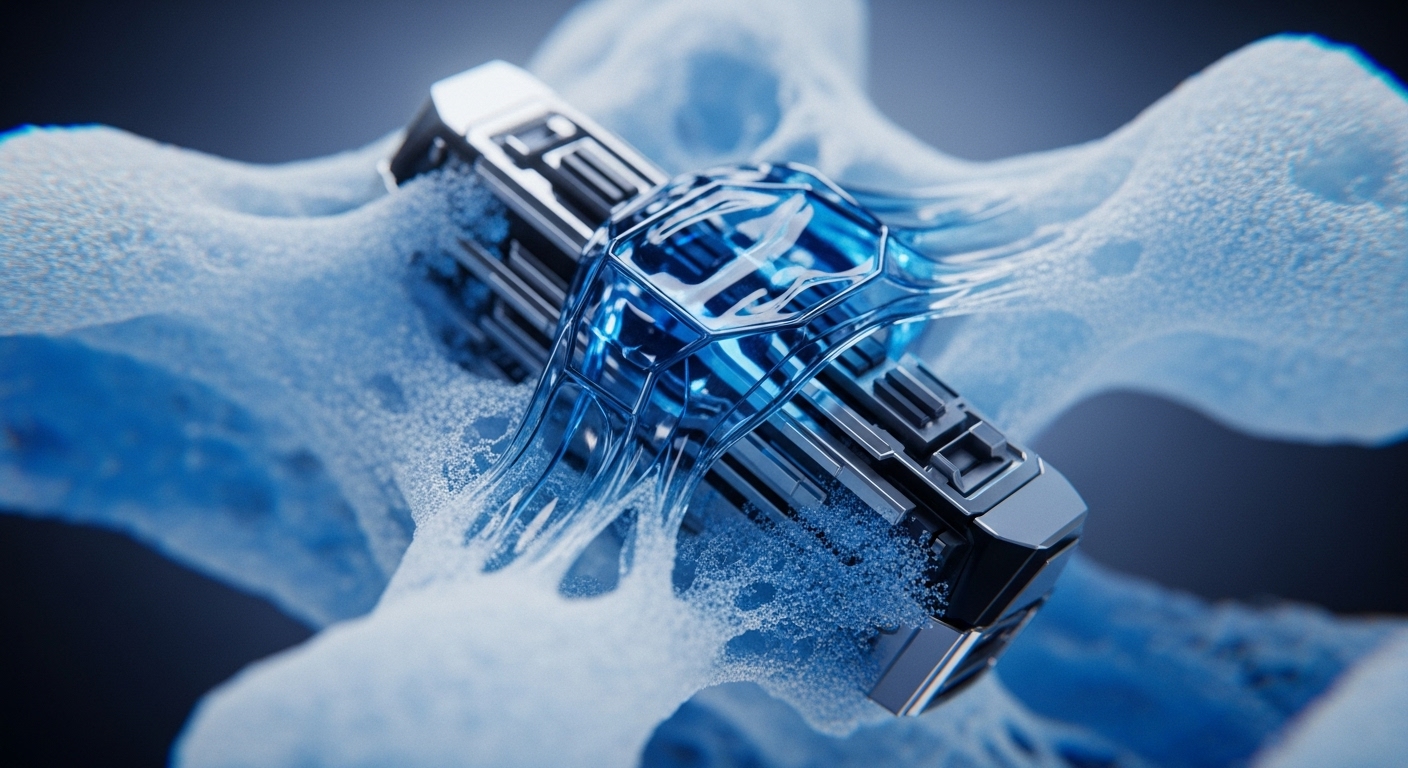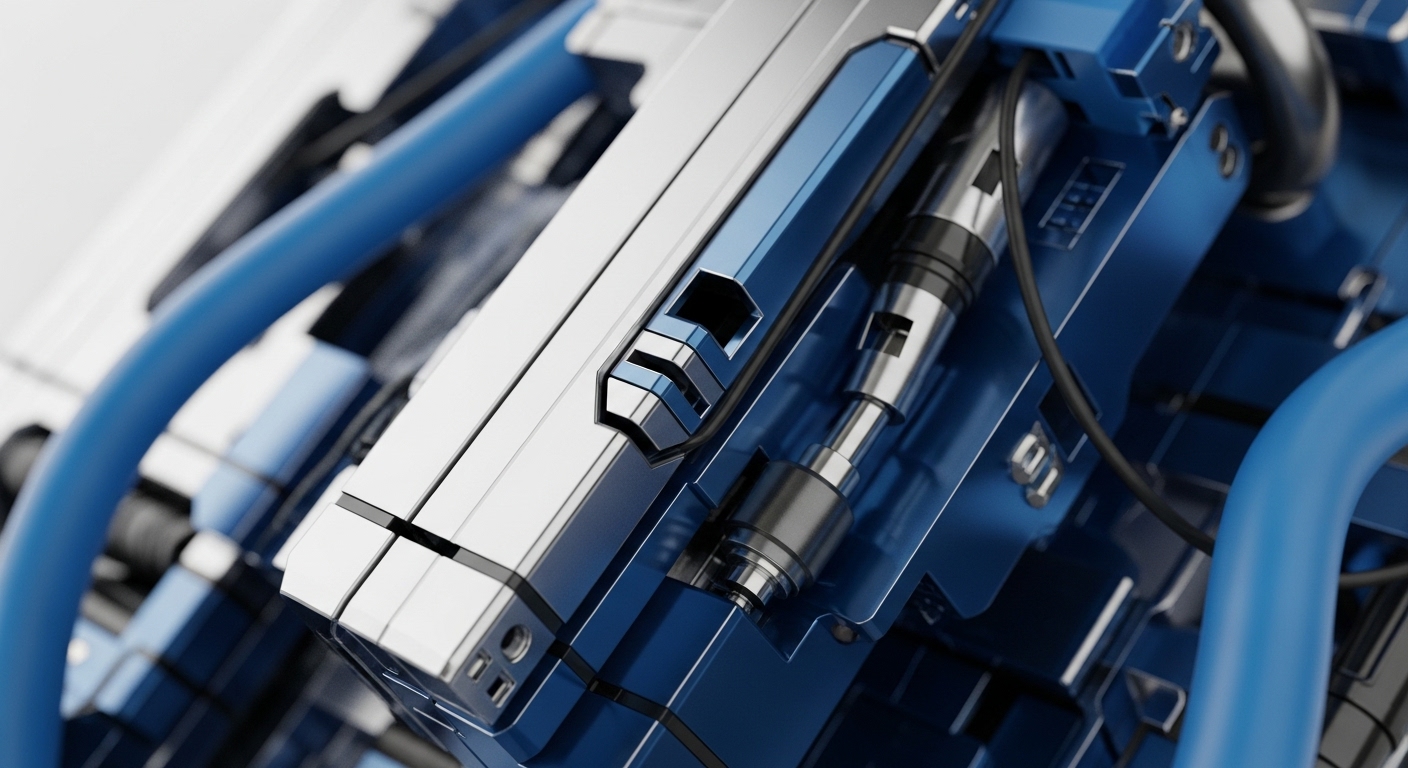
Briefing
The Ratio1 AI meta-operating system (meta-OS) introduces a decentralized MLOps protocol that unifies AI model development, deployment, and inference across heterogeneous edge devices. This system transforms idle computing resources into a trustless global supercomputer by integrating a blockchain-based framework with novel components like decentralized authentication, an in-memory state database, a distributed file system, and homomorphic encrypted federated learning. The protocol enforces a circular token-economic model combining Proof-of-Availability (PoA) and Proof-of-AI (PoAI) consensus, ensuring secure and resilient execution of AI pipelines at scale and democratizing access to advanced AI capabilities.

Context
Before Ratio1, pervasive AI integration into everyday devices was hindered by reliance on centralized cloud infrastructures, leading to prohibitive costs, operational complexity, and opaque data ownership policies. Existing decentralized compute platforms often lacked integrated AI toolchains, higher-level AI abstraction, or robust privacy features beyond proprietary enclaves, failing to provide a holistic solution for end-to-end MLOps in a trustless environment. This left a significant gap in leveraging underutilized edge and IoT devices for scalable and cost-efficient AI inference and training.

Analysis
Ratio1 proposes a multi-layered, blockchain-native meta-OS that coordinates AI operations across a distributed network of Ratio1 Edge Nodes (RENs). The core mechanism involves a suite of decentralized infrastructure components → dAuth for secure authentication via NFT-based Node Deeds, CSTORE for a decentralized in-memory key-value store, R1FS for IPFS-based distributed file storage of AI artifacts, and Deeploy for decentralized container orchestration. A key innovation is Encrypted Decentralized Inference and Learning (EDIL), which uses homomorphic encryption and a Domain Auto-Encoder strategy to allow computations on encrypted data, preserving privacy without exposing raw inputs.
Consensus is achieved through a hybrid Proof-of-Availability (PoA) and Proof-of-AI (PoAI) model, where oracle nodes validate node uptime and useful AI computation, distributing R1 utility tokens as rewards. This fundamentally differs from previous approaches by providing an integrated, trustless MLOps stack with built-in privacy and economic incentives for decentralized resource contribution.

Parameters
- Core Concept → AI Meta-Operating System (Meta-OS)
- System/Protocol Name → Ratio1
- Key Authors → Damian, A. et al.
- Consensus Mechanisms → Proof-of-Availability (PoA), Proof-of-AI (PoAI)
- Privacy Mechanism → Encrypted Decentralized Inference and Learning (EDIL) via Homomorphic Encryption
- Decentralized Components → dAuth, CSTORE, R1FS, Deeploy, OracleSync
- Token Standard → ERC-20 (R1 utility token), ERC-721 (Node Deeds)

Outlook
This research paves the way for a truly democratized AI ecosystem by significantly lowering infrastructure costs and expertise barriers. Future work will focus on optimizing the EDIL layer for enhanced efficiency on edge hardware and expanding node heterogeneity to support a wider range of devices, including ARM and RISC-V platforms. The integration of new machine learning models, particularly open-weight LLMs via the J33VES framework, will further extend the platform’s capabilities. Strategically, Ratio1 aims to align with emerging regulatory standards like DORA, ensuring robust ICT risk management and continuity practices, while evolving towards a community-driven governance model to foster a self-sustaining, environmentally conscious AI paradigm.
Signal Acquired from → arxiv.org
